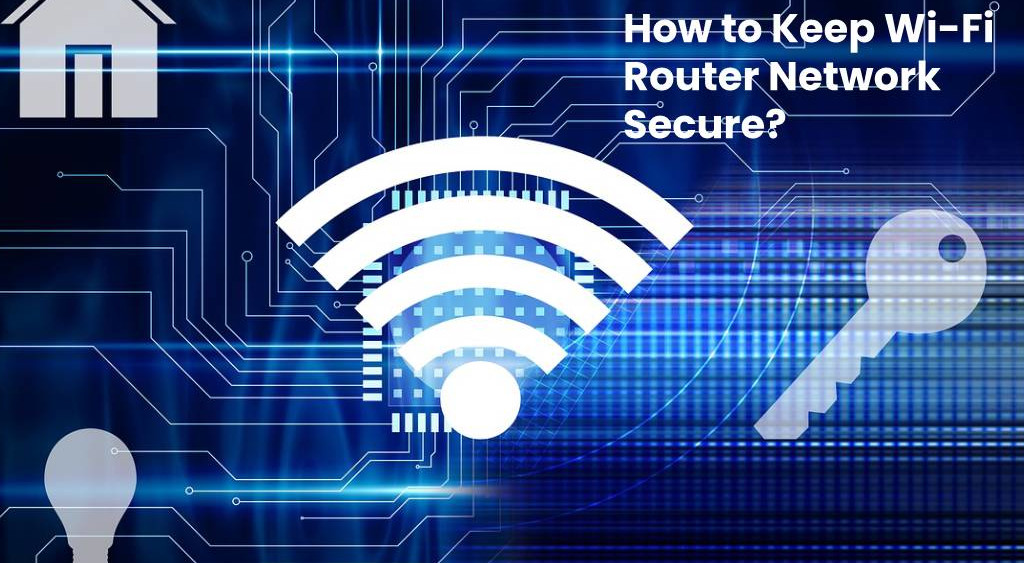
Evan Walsh

The Importance of Securing Your Home WiFi Network: A Comprehensive Guide
In an era where connectivity is king, our reliance on WiFi networks has become second nature. From streaming movies to managing smart home devices, the convenience of wireless internet is undeniable. However, amidst the convenience lies a significant risk – the threat of unauthorized access and potential cyber attacks. In this article, I'll delve into why it's crucial to secure your home WiFi network and provide a comprehensive guide on how to do so effectively.
Why Secure Your Home WiFi Network?
Protecting Personal Privacy:
Securing your home WiFi network is paramount for safeguarding your personal privacy. Without proper security measures in place, hackers can intercept your internet traffic, gaining access to sensitive information such as passwords, financial data, and personal communications.
Safeguarding Connected Devices:
With the proliferation of smart home devices, securing your WiFi network is essential for protecting these interconnected gadgets from cyber attacks. Unsecured IoT devices can serve as entry points for hackers to infiltrate your network, compromising your privacy and the security of your smart home ecosystem.
Mitigating Cyber Threats:
Securing your home WiFi network is a crucial defense against cyber threats such as malware, phishing scams, and ransomware attacks. By implementing robust security measures, you fortify your network's defenses, reducing the likelihood of falling victim to cyber attacks and potential data breaches.
How to Secure Your Home WiFi Network
- Change Default Settings:
- Enable Network Encryption:
- Use a Strong Password:
- Enable Network Firewall:
- Disable WPS:
- Enable MAC Address Filtering:
- Implement Guest Network:
Start by changing the default username and password for your router's admin interface. Default credentials are easily exploitable by hackers, so it's essential to set unique login credentials to prevent unauthorized access.
Ensure that your WiFi network is encrypted with WPA2 or WPA3 encryption protocols. Encryption scrambles the data transmitted over your network, making it unreadable to unauthorized users who attempt to intercept it.
Create a strong, complex password for your WiFi network. Avoid using easily guessable phrases or common words. A strong password should include a mix of uppercase and lowercase letters, numbers, and special characters.
Use my password generator for help generatoring a strong password.
Activate the built-in firewall on your router to filter incoming and outgoing traffic, blocking potential threats from reaching your devices. Firewalls act as a barrier between your network and the internet, enhancing your network's security.
Disable WiFi Protected Setup (WPS) on your router, as it can be susceptible to brute force attacks. WPS simplifies the process of connecting devices to your network but introduces security risks that outweigh the convenience it offers.
MAC address filtering allows you to specify which devices are allowed to connect to your network based on their unique MAC addresses. While not foolproof, MAC address filtering adds an additional layer of security to your network.
Consider setting up a guest network for visitors to use instead of sharing your primary WiFi network's credentials. Guest networks isolate guest devices from your main network, reducing the risk of unauthorized access to your personal devices.
Conclusion
Securing your home WiFi network is not only a matter of personal privacy but also a crucial defense against cyber threats in today's digital landscape. By following the steps outlined in this guide, you can effectively safeguard your network and enjoy a safer online experience. Remember, proactive measures taken today can prevent potential security breaches tomorrow. So, take charge of your home WiFi security and protect what matters most – your privacy and peace of mind.